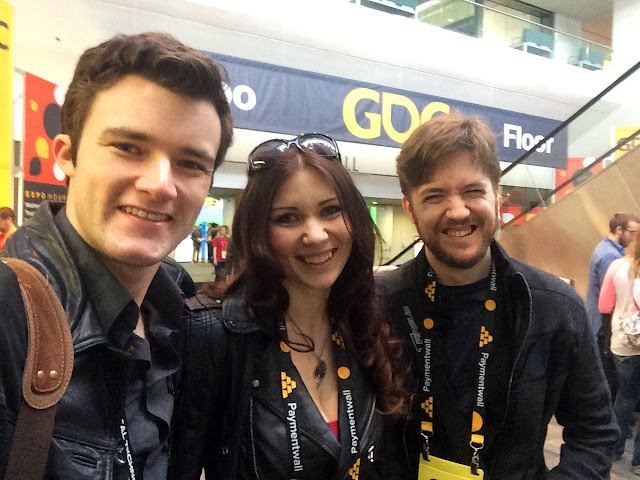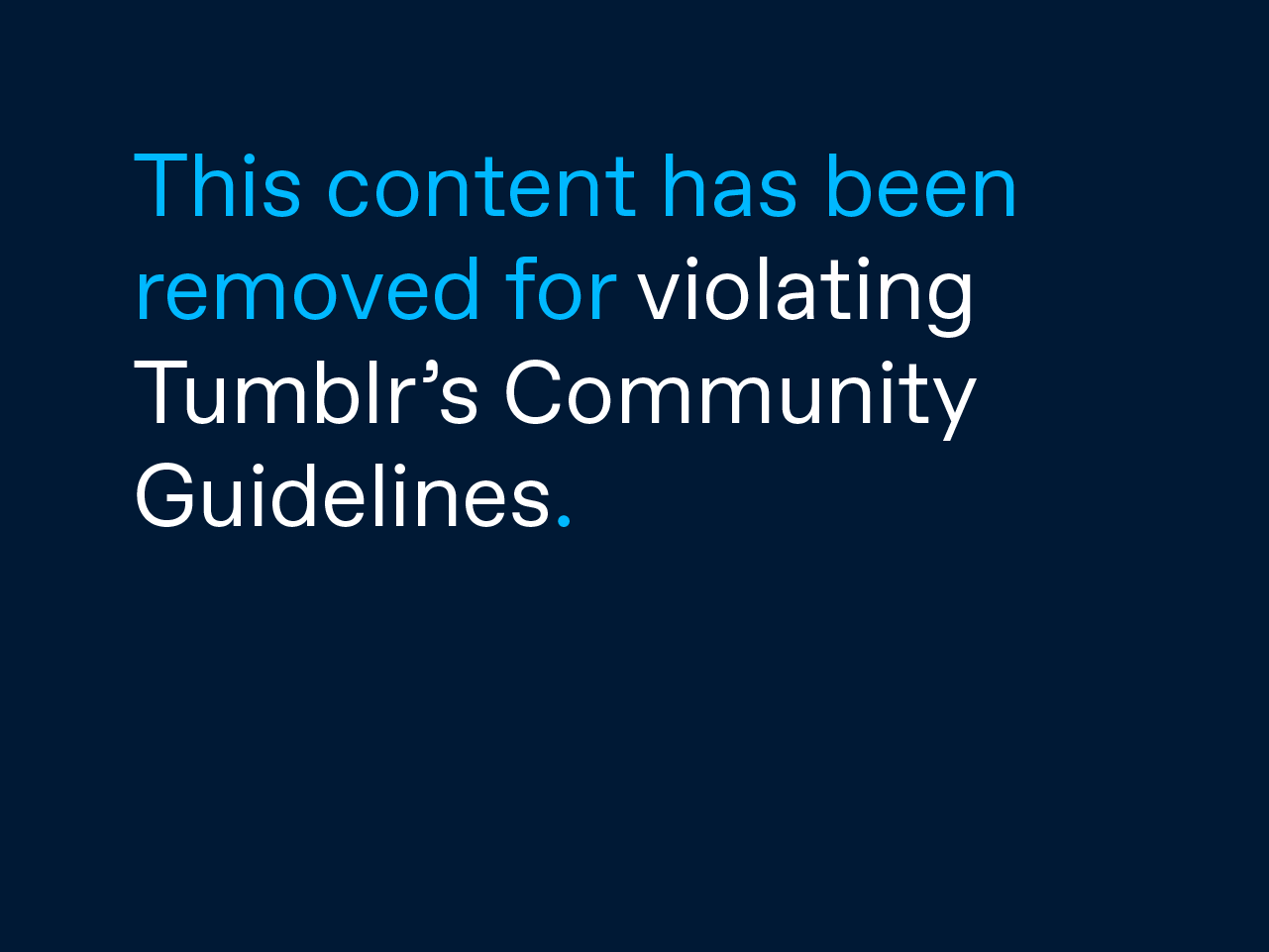Early last week the independent game developer Cyan released a virtual reality version of their latest creation,
Obduction, into the wild. This marks Cyan’s first foray into VR and a departure from working on sequels to their acclaimed Myst series.
Obduction’s game design and atmosphere feel deeply rooted in the company's previous work, yet remain feeling fresh and wholly original. Instead of writing about our game
XING’s development directly, this week I will be doing so through the lens of the release of
Obduction.
Gamers have seen the release of many great puzzle and adventure games in recent years, including
The Witness,
Firewatch,
The Talos Principle, and
Monument Valley to name a few. Despite the emergence of so many titles which credit
Myst as an influence for their game, there is actually a significant lack of a pure
Myst-style game design actually deployed in these games. That is to say, there are few puzzle games released which stick to the original formula of
Myst, which features what I’ll call world-scale puzzle solving, as opposed to room-scale puzzle solving. I’m not talking about room-scale VR here, I’m talking about the scope of puzzles and how they are presented to the player.
Standing Apart from Modern Formulas
Among the modern puzzlers I mentioned, possibly the most unlike
Obduction is
The Talos Principle. In
Talos, the player is presented with multitudes of puzzles at a time, and the player can solve them in any order. In
Obduction, the player seemingly has only one objective to do at a time, or perhaps the player is still trying to figure out what that singular objective even is. At a macro level, the player is rarely wondering what they should be doing in games like
Portal or
The Talos Principle. The finite puzzle solution may not be ascertained, but the player at least knows which door they are trying to get through. The player is confined to a “room” and must unlock that room. This starkly contrasts the core world-scale theme of Cyan’s design vocabulary, which the company has fine tuned in their latest release.
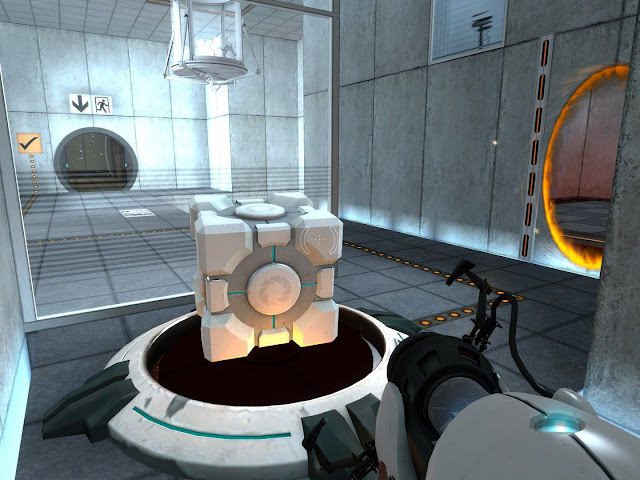 |
| Screenshot from Portal |
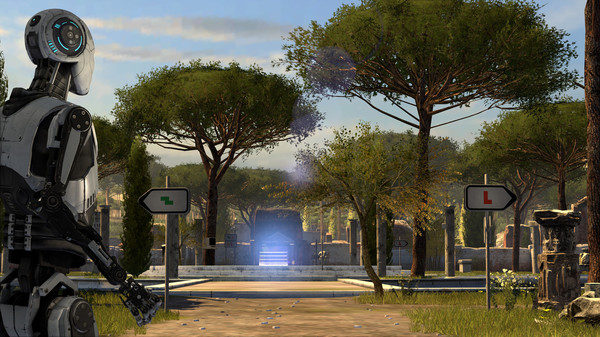 |
| Screenshot from The Talos Principle |
In
Obduction, the metaphor for room-sized puzzles doesn’t exist, and instead the entire game world is the puzzle. Pulling a lever or uncovering a secret code may unlock a door for you on the other side of the game’s universe. This not only contrasts
The Talos Principle but also other modern puzzle games like
The Witness and even
Monument Valley, which each confine puzzle-solving to specific zones. While
The Witness also has some larger world-scale puzzle solving that, along with an island setting that really harken it back to
Myst,
Obduction relies on world-scale puzzle solving exclusively. By doing so,
Obduction easily distances itself from these modern formulas, yet remains deeply compelling.
The narrative-adventure game
Firewatch tells its story across an expansive game world like
Obduction, but without traditional puzzle solving, and instead, allowing the player to explore and observe the story in their own way. Both games use visual spectacle as a way to reward the player for making progress, and utilize the environment as a storytelling device. A desire to see the next vista also becomes a driving force for the player in our own game,
XING: The Land Beyond.
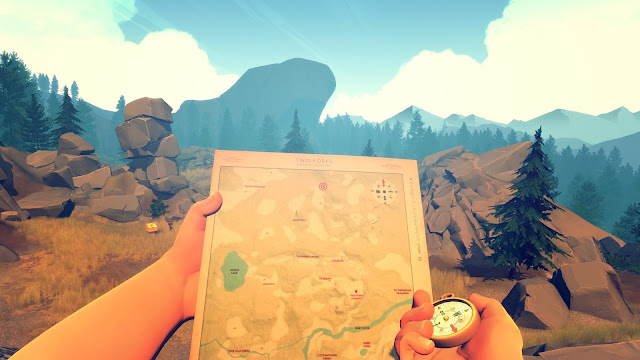 |
| Screenshot from Firewatch |
Differences with XING
While the formula for
XING has evolved over the course of development, we can still look back to our Kickstarter days and see how the initial seeds of design naturally grew into what the game is today. You can absolutely point out aspects of
XING that are reminiscent of
Portal,
The Legend of Zelda series,
Golden Sun, and yes,
Myst.
XING features a hub world and a collection of lush and diverse outdoor environments, but perhaps the similarities with
Myst end there. More akin to
Portal, we linearly introduce game mechanics and puzzles, which are typically confined to specific zones. Influence from
The Legend of Zelda franchise, especially the dungeon design of
Ocarina of Time or
Majora’s Mask, can be seen in the effort we have put into creating novel puzzle moments crafted for unique environments. This idea of uncovering novelty became important for
XING, and seems universal to all adventure games.
I have been playing through
Obduction on the Oculus Rift without looking at guides or hints, and the experience remind me of the magic of earning discoveries. Our development team is careful about releasing screenshots of new content or talking about puzzles, as we know those moments of surprise are special for gamers. We are continuing to polish up those special moments in preparation for what we hope will be a novel and memorable experience for gamers. Stay tuned!
